What Does a Poison Ivy or Oak Rash Look Like?
These rashes result from an allergic reaction to urushiol oil found in poison ivy or oak plants.
See the images below of poison ivy and oak rashes in various stages. Read on below to learn more!
 | 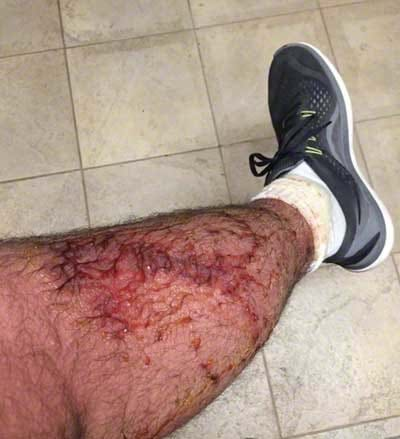 |
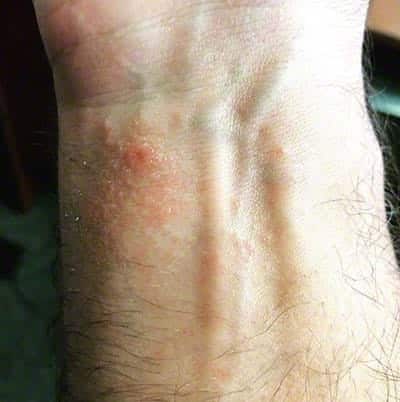 | 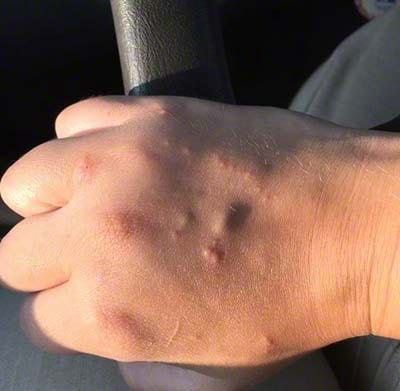 |
Poison Ivy Rash: Appears as red, itchy patches. They often forms streaks or lines due to contact, with swollen areas. They may also result in fluid-filled blisters that may ooze and crust. The surrounding skin can be inflamed.
Poison Oak Rash: Like poison ivy, the rash appears with red, inflamed patches or streaks. They also contain raised bumps and blisters, leading to itching and discomfort. Surrounding skin may also become inflamed.
Both rashes emerge within hours to days after contact, triggered by urushiol exposure. Remember, these rashes are not contagious, they are the result of contact with the plant's oil. Severe reactions may need medical attention, so seek professional advice if needed. Recognizing symptoms helps manage and prevent rash progression.Why Did I Get A Rash?
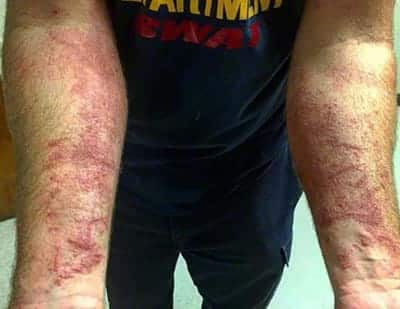 | 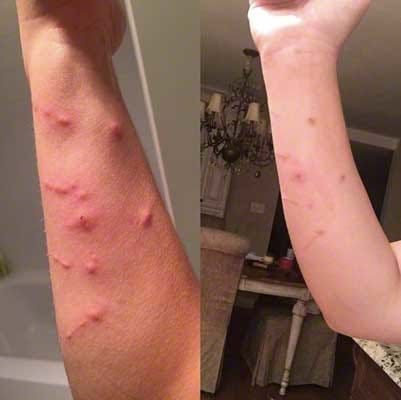 |
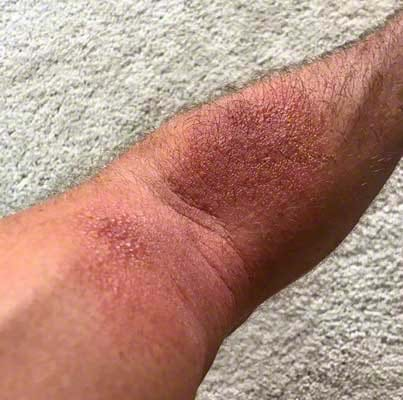 |  |
The progression of a poison ivy or oak rash can be categorized into several distinct stages. Each with its own set of characteristics and symptoms. These stages provide insight into how the rash develops and changes over time:
Contact and Initial Reaction:
- This stage begins immediately after exposure to urushiol, the rash-causing oil. Note this oil is found in every part of poison ivy and oak plants.
- The skin may not show any immediate signs, but within hours to a few days, initial symptoms can emerge. The reaction time will depend on your body's sensitivity to the oil.
- Urushiol oil can be removed with Tecnu Original or Tecnu Extreme to help avoid spreading the rash.
Redness and Itching:
- The affected area often becomes red, indicating inflammation.
- Itching and discomfort develop, prompting scratching, which can exacerbate the condition.
- Tecnu Rash Relief Spray or Calagel can help alleviate the symptoms of the rash.
Blisters and Swelling:
- Small, fluid-filled blisters may appear on the skin.
- The skin might swell around the blisters, causing the area to feel puffy and tender.
Oozing and Crusting:
- Blisters may burst, releasing a clear fluid that oozes from the rash.
- As the fluid dries, it forms crusts over the affected area.
Peeling and Healing:
- As the rash subsides, the top layer of affected skin may begin to peel.
- New, healthy skin emerges underneath as the body's healing process progresses.
Resolution and Fading:
- Over time, the symptoms gradually fade away.
- Redness diminishes, and any residual itching becomes less intense.
Complete Healing:
- The affected area fully heals, with no remaining signs of the rash.
- The duration of this stage varies depending on an individual's healing process. It will also depend on the severity of the rash. Most cases last between one and three weeks.
Important things to remember!
It is important to never break the blisters, as it may cause an infection. The liquid that oozes from the blisters often dries to form a yellow crust-like substance. It's best to leave the rash uncovered to allow oxygen to aid the healing process. However, if the blisters ooze excessively, use a loose bandage to cover the area.
Contrary to popular belief, you cannot "cure" a poison ivy or oak rash. You must let your body run its natural course. However, there are products you can use to help ease your symptoms (itching, redness, inflammation, etc.).
Seek immediate medical attention if:
- You experience a severe reaction such as severe itching and pain, a fever or excessive swelling.
- Your rash worsens or continues to spread.
- Your rash doesn't show signs of improvement.




